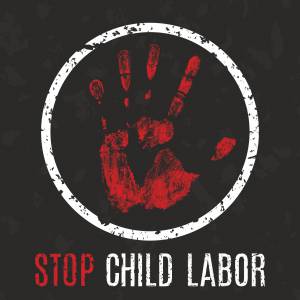The 2017 theme for Black History Month is “The Crisis in Education.” Even though racially separated schools are illegal, many urban neighborhoods that are predominantly African-American still have a crisis in education. Schools are underfunded and overcrowded and fail to deliver substantive opportunities. These gaps have to be addressed to ensure all children have the opportunity to change the world. Take some time to read one of these great books for Black History Month to understand how these artists have made a different in literature.
Literature Based on the Harlem Renaissance
- “The Collected Poems” by Langston Hughes
Explore the works of one poet in this collection. Hughes was a writer in the early 20th century who received many awards that allowed him to travel and write. He is a lyrical poet and considered one of the fathers of “jazz poetry.” As a leader of the Harlem Renaissance, he is an influential American who had a way with words.
- “Their Eyes Were Watching God” by Zora Neale Hurston
Hurston was a contemporary of Hughes. She experienced literary success in the 1920s, leading her to be an influential figure during the Harlem Renaissance. This novel is considered her masterwork, but at the time it was published, in 1937, it was poorly received.
- “Go Tell It on the Mountain” by James Baldwin
This novel, Baldwin’s first, is an autobiographical story of his life as a teenager during the Harlem Renaissance. He draws heavily on the language of the King James Bible and makes several references to stories in the Bible, which are important to his culture. The Church has both positive and negative influences in this classic.
Other Reading Material for Black History Month
- “The 100 Best African American Poems” edited by Nikki Giovanni
Giovanni put together this collection of great poetry that celebrates the African-American heritage. It’s probably the best compendium for readers to get a taste of poetry from the lens of the Black poet.
- “Native Son” by Richard Wright
Although “Native Son” may seem like a trope of the classic story of an African-American man who kills a white woman, Wright never attempts to justify the behavior; he just explains how it was inevitable. It’s about poverty, fear, fate and free will.
- “Invisible Man” by Ralph Ellison
Ellison’s novel is a bildungsroman, or coming-of-age story, that discusses many of the social and political issues of the 20th century that affected black men. Time magazine called it more than a race novel, naming the book as one of the top-100 Best Novels from 1923 to 2005
- “Narrative of the Life of Frederick Douglass, an American Slave” by Frederick Douglass
There’s probably no other memoir that has been as influential on the abolition of slavery than this one. Even if you don’t enjoy reading, this novel should be on your must-read list as a story of what it was like in the 19th century for a black man.
- “The Underground Railroad” by Colson Whitehead
Whitehead writes about a literal “underground railroad” that slaves can take to freedom. This novel, which has won awards, reimagines what we know about the stories of the South. It’s a grim and realistic look at slavery during the Civil War.
Learn From the Past
In order to understand the future, we have to understand history. Knowing the civil rights issues that the African-American faced in the past helps us ensure that our country never returns to that place. Maya Angelou said, “It is impossible to struggle for civil rights, equal rights for blacks, without including whites. Because equal rights, fair play, justice, are all like the air: we all have it, or none of us has it. That is the truth of it.”




